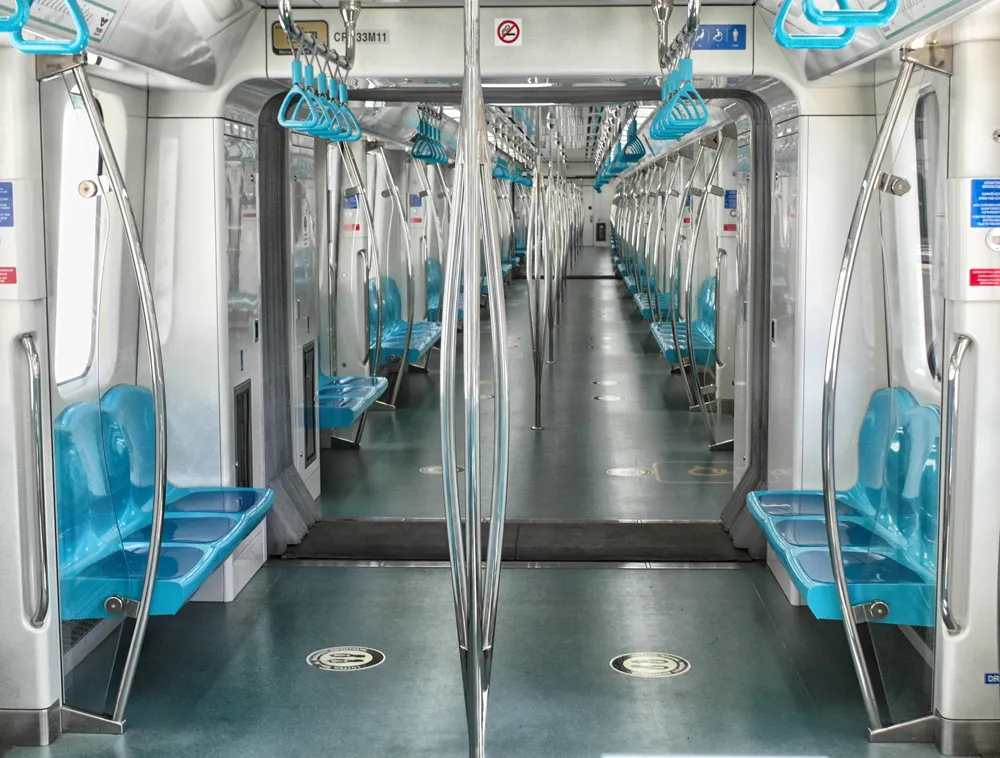
Visitors to Intertraffic are amongst the first to see the new surface-mounted version of
The new version can be installed in about five minutes which, according to the company, means six of the surface mounted units can be installed in the time it would take to install one of the traditional in-road units.
The new device is LPWAN (Low Power Wide Area Network) compatible in both Europe (868 MHz) and the US/Canada (900 -930MHz), has a battery life of up to 10 years, a faster detection time and is less than half the size of its predecessor.
It requires no programing and the extended range means a single base station can service sensors over an area of several kilometres – thereby reducing the number of base stations required to cover a city’s parking network.
Key parameters values can be specified in the firmware and remote management using bidirectional communication allows these parameters to be changed from the Cloud.










